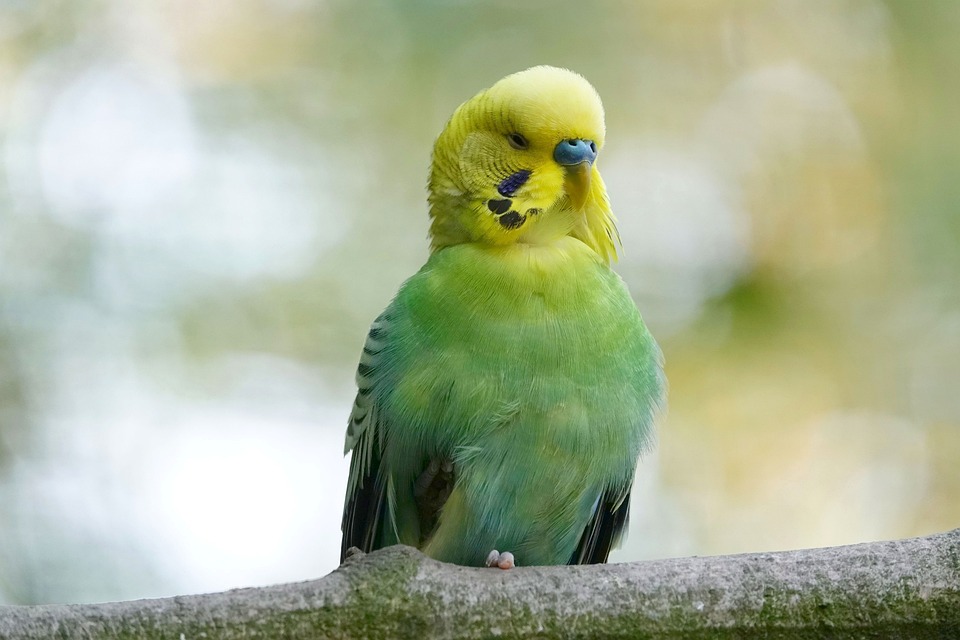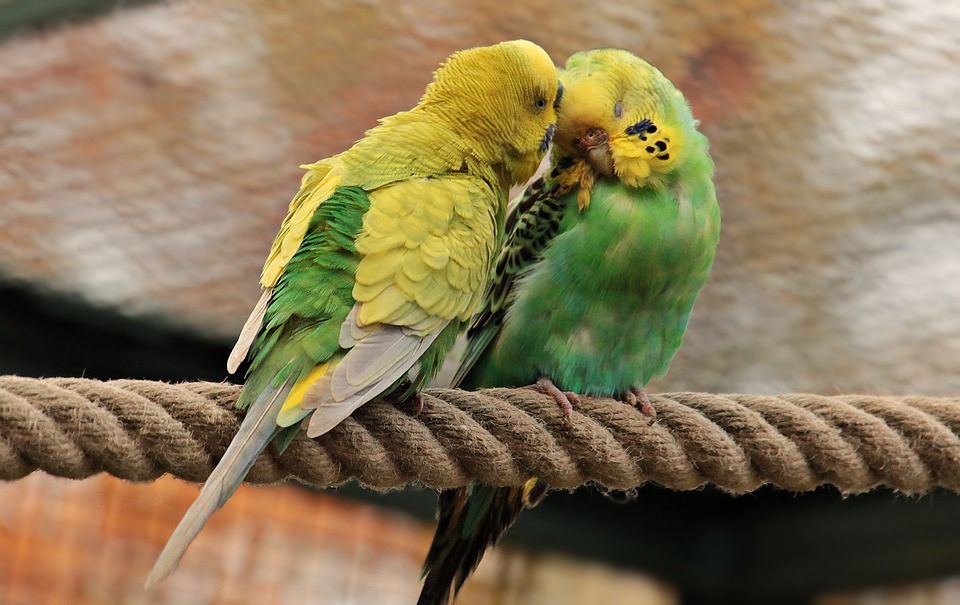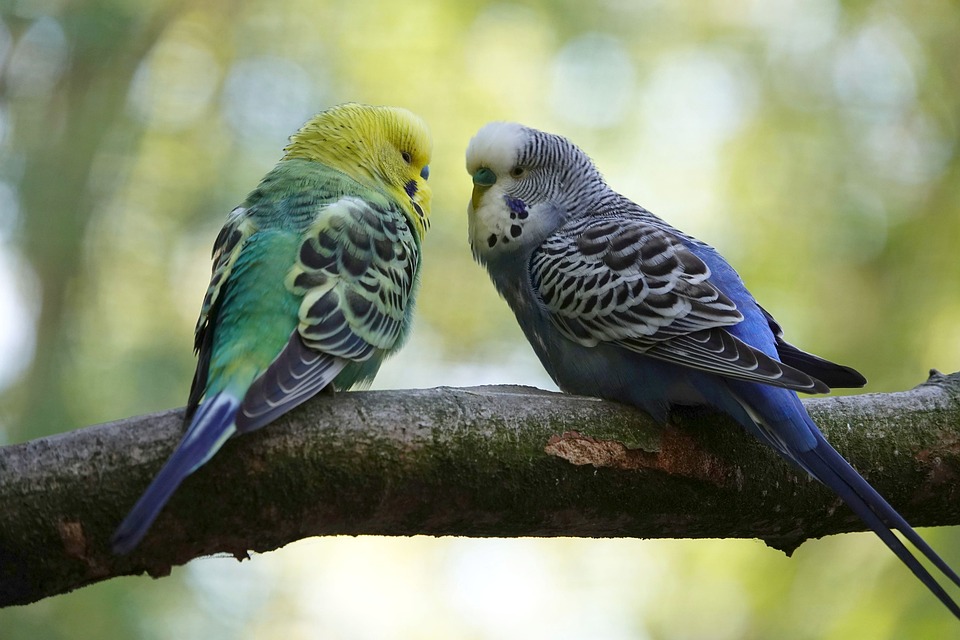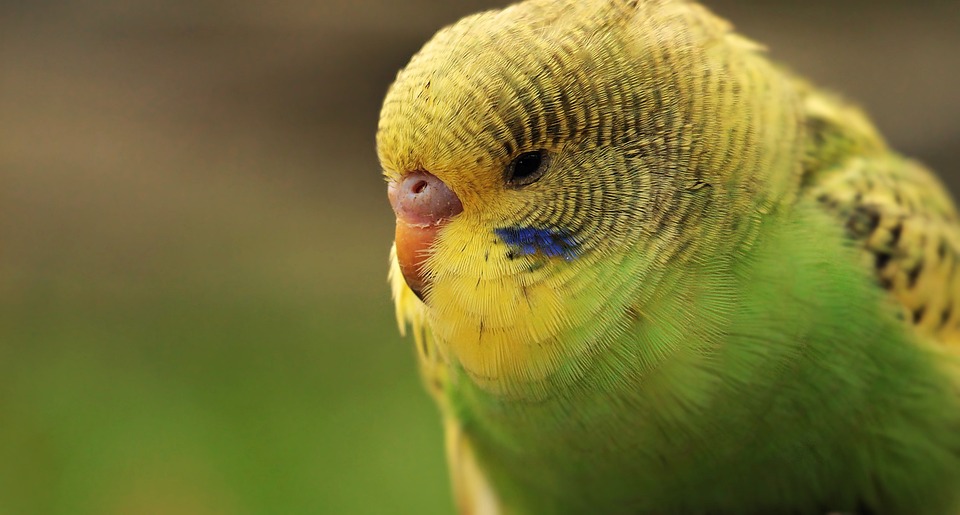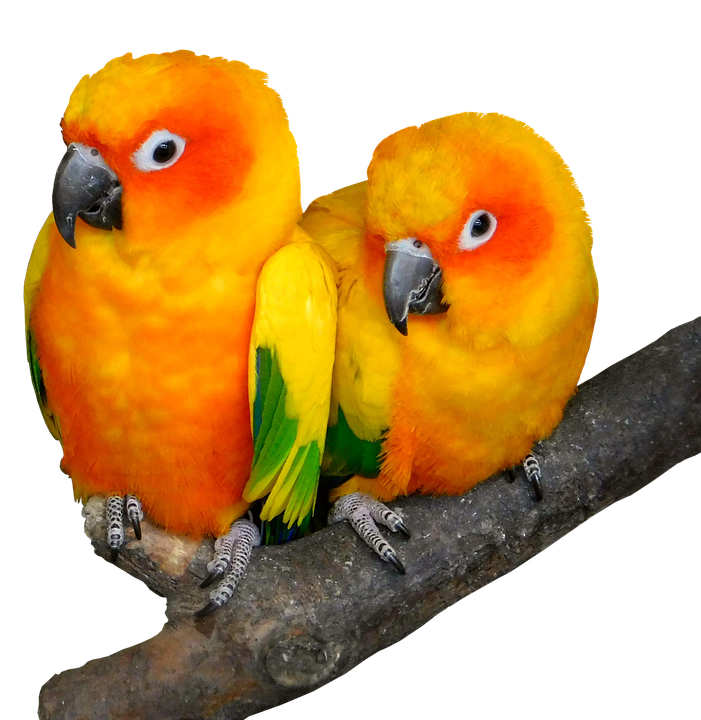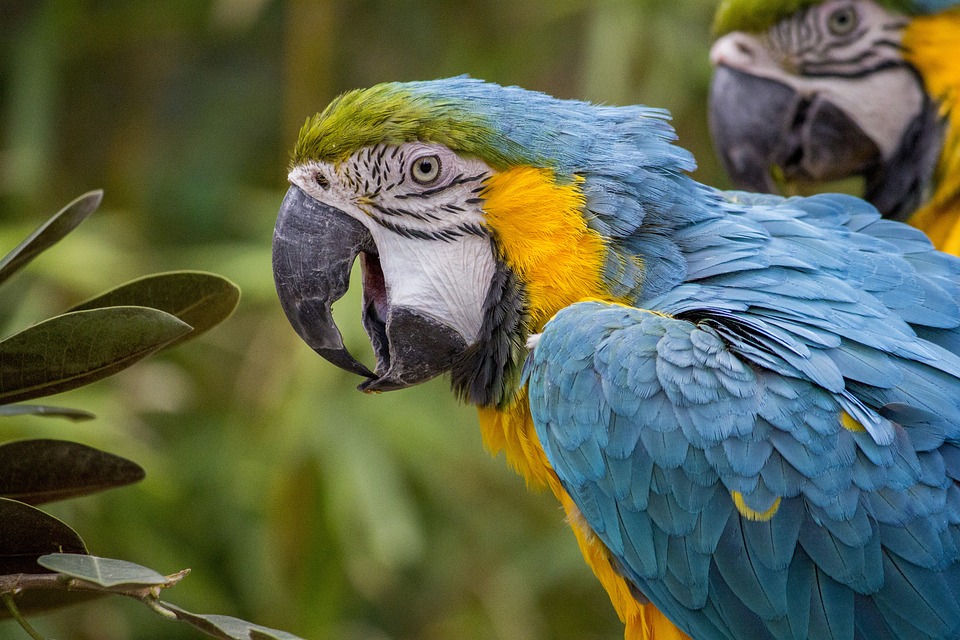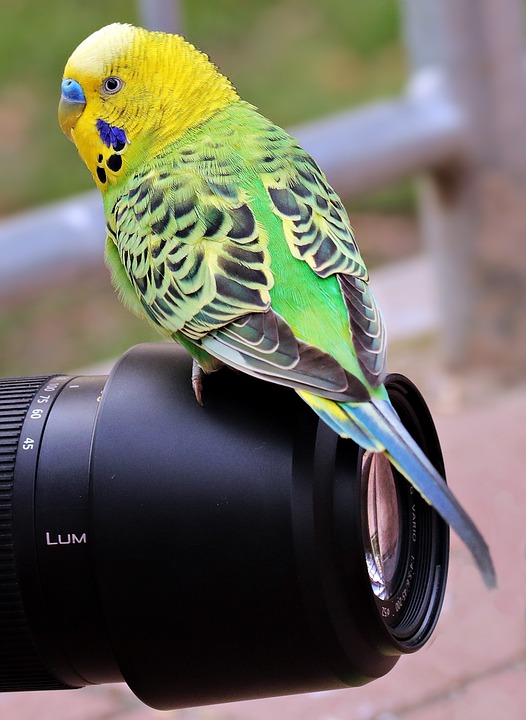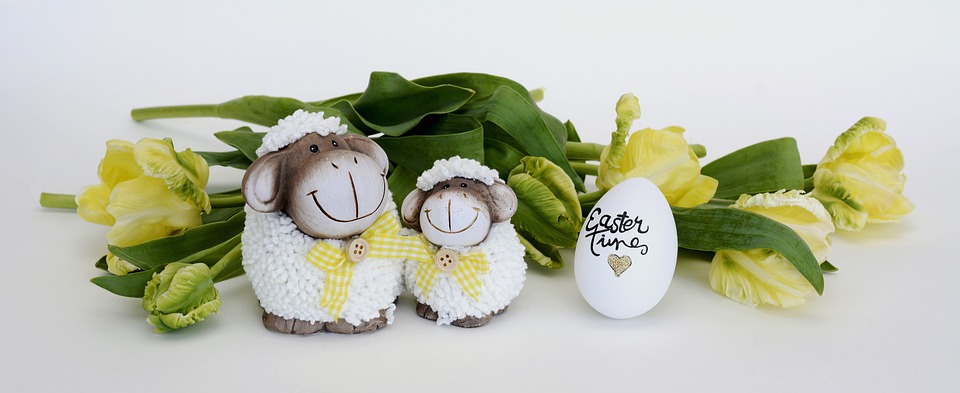Parrots are intelligent and social creatures that thrive on positive interactions with their owners. By using positive reinforcement techniques, you can encourage and reinforce desired behaviors in your parrot, leading to a happier and more well-behaved pet. In this article, we will explore various methods of utilizing positive reinforcement to train your parrot effectively.
Understanding Positive Reinforcement
Positive reinforcement involves rewarding your parrot for exhibiting desirable behaviors. This technique focuses on providing rewards such as treats, praise, or playtime to encourage your parrot to repeat or continue the desired behavior. By associating positive experiences with specific behaviors, your parrot will be motivated to repeat those actions in the future.
Identifying Desired Behaviors
Before you can begin using positive reinforcement, it is important to identify and prioritize the behaviors you wish to reinforce in your parrot. Common desired behaviors may include stepping up onto your hand, speaking certain words or phrases, or playing with specific toys. By having a clear understanding of what you want your parrot to learn, you can tailor your training sessions accordingly.
Choosing the Right Rewards
When selecting rewards for your parrot, it is crucial to consider what motivates them the most. Different birds may have varying preferences, so it may take some trial and error to find the most effective incentives. Some parrots are highly food-motivated and respond well to treats such as nuts, fruits, or seeds. Others may prefer verbal praise, head scratches, or access to their favorite toys. By using a combination of rewards, you can keep your parrot engaged and interested in the training process.
Timing is Everything
Timing plays a crucial role in positive reinforcement training. It is essential to deliver the reward immediately after your parrot exhibits the desired behavior to ensure they associate the reward with the action. Delaying the reward may confuse your parrot, making it harder for them to understand which behavior is being reinforced. Be attentive and ready to reward your parrot as soon as they perform the desired behavior.
Consistency and Patience
Consistency is key when training your parrot using positive reinforcement. Set clear rules and expectations, and be consistent in your response to their behaviors. Reinforce the desired behavior every time it occurs, ensuring that your parrot understands what is expected of them. Additionally, remember that training takes time and patience. Each parrot learns at its own pace, so be prepared to repeat the training sessions multiple times before your parrot fully grasps the desired behavior.
FAQs (Frequently Asked Questions)
Q: Can positive reinforcement be used to correct unwanted behaviors in parrots?
A: Yes, positive reinforcement can also be used to redirect or replace unwanted behaviors in parrots. By focusing on rewarding and reinforcing desired behaviors, you can help your parrot understand which actions are more desirable.
Q: How long does it usually take for a parrot to learn a new behavior?
A: The learning speed of a parrot can vary significantly depending on the individual bird and the complexity of the behavior being taught. Some parrots may learn new behaviors within a few sessions, while others may require weeks or even months of consistent training.
Q: Are there any behaviors that should not be reinforced using positive reinforcement?
A: It is generally recommended to avoid reinforcing aggressive or harmful behaviors in parrots. Instead, focus on redirecting their attention and rewarding alternative, more appropriate behaviors.
Q: Can positive reinforcement be used with older parrots?
A: Absolutely! Parrots of all ages can benefit from positive reinforcement training. While younger parrots may learn faster, older parrots can still learn new behaviors and enjoy the rewards and interactions associated with positive reinforcement.
Q: Are there any potential drawbacks to using positive reinforcement?
A: When used correctly, positive reinforcement is a safe and effective training method. However, it is important to be mindful of not over-rewarding or inadvertently reinforcing unwanted behaviors. Consistency and clear communication are key to avoiding any potential drawbacks.
In conclusion, positive reinforcement is a powerful tool for fostering desired behaviors in your parrot. By understanding the principles behind positive reinforcement, selecting appropriate rewards, and maintaining consistency in your training sessions, you can create a strong bond with your parrot while helping them develop good habits. Happy training!

